A Step-By-Step Guide to AI Chatbot Development in 2022
To be successful in the digital world, businesses constantly need to evolve and adopt the latest trends. These days companies are implementing AI chatbot development services that help in improving communication, solving customer queries, and simplifying troubleshooting to improve customer experience. And interestingly enough, most of these are chatbots using Python as their programming language, which makes them highly adept at imitating natural human conversations.
While the presence of chatbots is definitely a boon for businesses, their development can be a complex process – just like all artificial intelligence projects with source code in Python. But if planned well, the execution will be a walk in the park. Just like with every other project, the ideal way to approach the process is to break it into clear steps and follow them one by one. To help you out, we have curated a list of steps you will have to follow to execute successful chatbot development using Python for your business.
So, let’s begin!
What are chatbots and how do they function?
What is a chatbot?
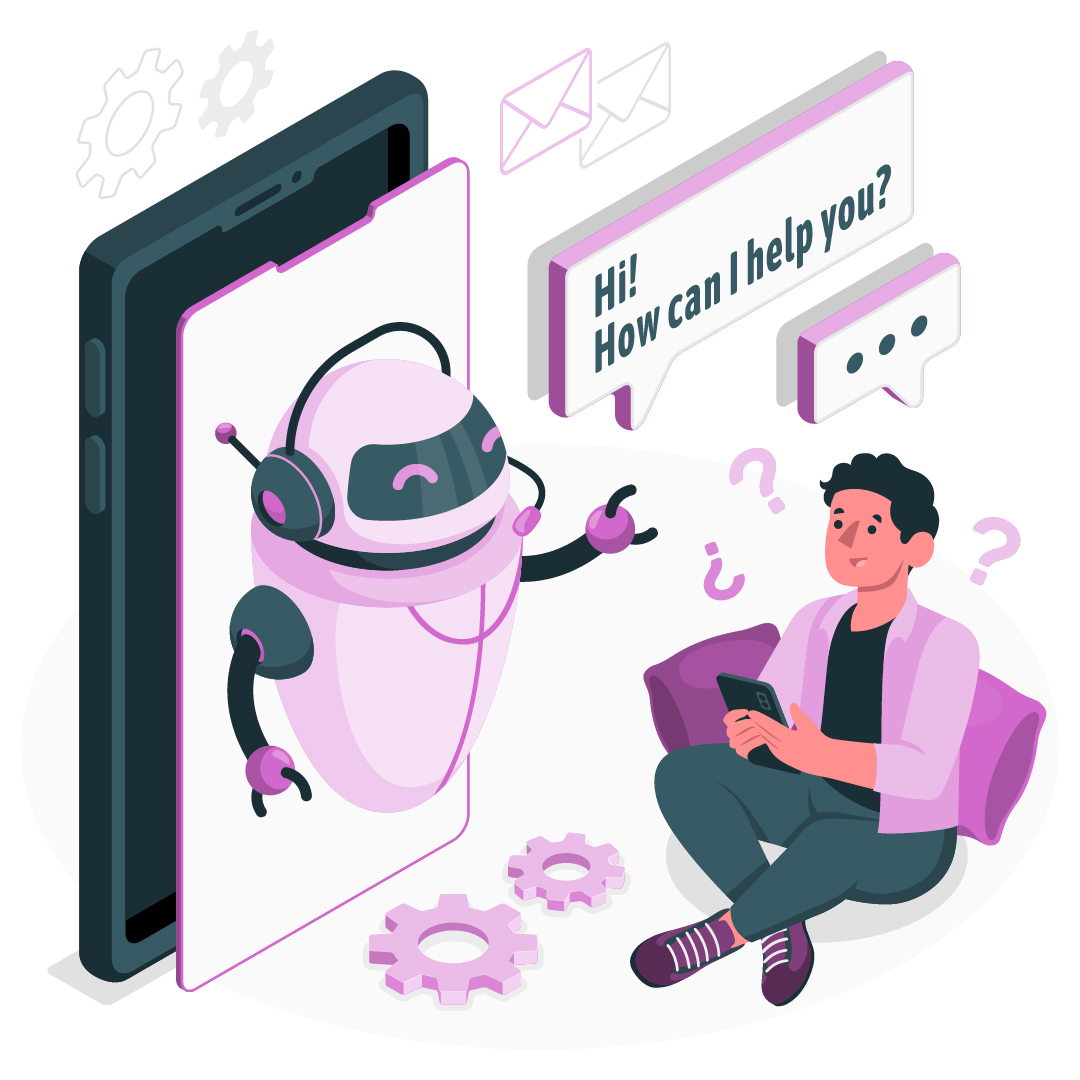
Let’s start from the basics – by defining a chatbot. In simple terms, we can describe it as a computer program that impersonates human conversations in its natural format. This may include text or even spoken languages using AI chatbot development services such as Natural Language Processing (NLP) and audio analysis. One major characteristic of Artificial Intelligence-based bots is that they are dynamic. They learn from their previous interactions and in retrospect, gain knowledge and are able to handle conversations that are more complex.
How do chatbots function?
The main technologies behind chatbots are Machine Learning and NLP. When a query is presented to a chatbot, it is processed by a series of complex algorithms that try to comprehend what the user is saying. And based on that understanding, a suitable answer is generated by the program. Most AI chatbot development services offer advanced programs that rely on the ability of the algorithms to comprehend the complexity of both text and spoken words.
Steps involved in the chatbot development process
1. Determine whether you need a chatbot
Let’s explore. Although maintaining a chatbot for your business is a good idea, it may not be always necessary. It is a good idea if,
- You have multichannel customer support
- You are looking for ways to decrease customer services expenses
- You get a lot of questions on the same specific topic
- Your team is involved in a lot of repetitive and routine tasks
- Your customers contact you all through the day
- You have multilingual customers
- You want to increase sales with improved generation and qualification
- You are looking for means to upgrade your marketing efforts
- You want to keep up with the trends
If these conditions hold true for your business, then approaching AI chatbot development services is the right way for you. Another way to understand whether chatbot development is beneficial for you is to calculate the potential ROI of the software program. Once you have an idea about the ROI, you can make an informed decision on whether the development of a chatbot is a worthy investment for you.
2. Define the chatbot goals
Once you have decided that you need a chatbot for your business, you need to define your goals for the program. What problem would the chatbot solve for your business and in what way – answering these questions will help you define your goals for the chatbot and guide you in choosing AI chatbot development services for you.
Additionally, consider the metrics you will need to measure your success at the end of the project. Choose measurable metrics with exact numbers that can be easily analyzed. One example would be – ‘we aim to decrease average ticket resolution time from 6 minutes to 2 minutes 20 seconds by October 2022’.
3. Determine the areas where the chatbot can function
Before approaching AI chatbot development services you also need to clearly define the areas that your chatbot can take over. This would mean that you need to analyze and create a list of your existing time-consuming and routine operations. The most popular options for chatbots are customer-facing interfaces – especially ones that are repetitive. For example, technical support, customer service hotlines, and even sales processes like evaluation.
4. Define customer intents
Once you have determined the areas where your chatbots need to take over, create categories with the most popular customer queries on each of those interfaces. You will end up with multiple such categories after this step. Curate a list of customer intents/requests for each category.
Now, you need to evaluate each customer intent for each category on this list. You can evaluate processes based on:
- Importance: How important is it for you to automate these requests?
- Ease: how easy is it to automate these requests?
- Time: how much time will the automation of these processes take?
- Impact: what is the kind of impact it will have on your business and customer service if you automate this particular category?
Do this with every category on your list and choose the ones with higher priority for automation via artificial intelligence projects with source code in Python.
5. Choose channels and languages
Now let’s determine the communication channels that you wish to automate. It could be just your website or include other platforms like WhatsApp, Facebook, etc. You also need to finalize the languages in which you wish to automate the chatbot. Before approaching any AI chatbot development services with your requirements, figure out whether it is reasonable to build a chatbot for the existing volume of customers that are coming from one particular channel and are speaking one particular language. Also, consider whether you will support this channel in a long-term plan.
6. Required integrations
List the possible integrations for your chatbot. This could include your CRM, payment systems, calendars, storage tools/platforms, maps, or any other software that your business is using currently. This step also involves evaluation like you did with the previous steps and figuring out the platforms you need to prioritize.
7. Choose the right AI chatbot development services
You can either go for a self-help chatbot builder or hire a custom software development company to consult and create a prototype for a custom chatbot. Which option best suits your business entirely depends on your unique requirements.
Chatbot-building platforms can be used if you are looking for simple chatbots with limited functionality for marketing, lead generation, and sales. However, if you want a complex chatbot with multiple features, languages, integrations, and channels, then the ideal approach is to rely on a reputed web app development company with experience in delivering artificial intelligence projects with source code in Python. Here are a few tips to help you hire the best Python developers for your chatbot development project.
The first option would be more cost-effective and is more suitable if you are on a tight budget. Some popular chatbot builders are Manychat, Chatfuel, Flow XO, Drift, and Mobile Monkey. However, due to the limited options available, you may face some trouble while building bots using these platforms. Some of them do not provide support and maintenance as well. Therefore, keep in mind these when using these platforms, you will have to build, upgrade, customize and set up the bot yourself. You can also hire a team of qualified developers to help your in-house team in implementing the project.
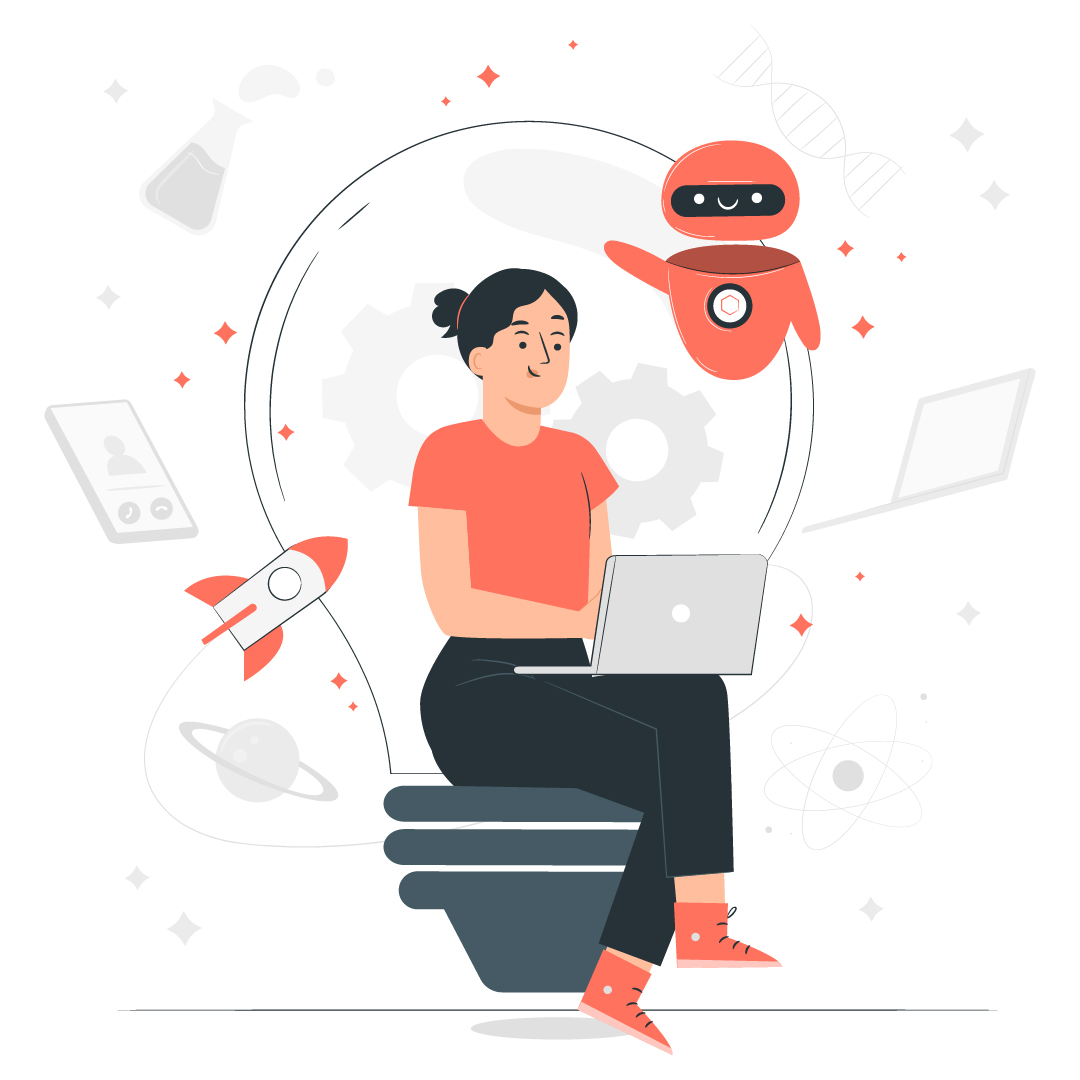
On the other hand, you can approach a software development company that offers AI chatbot development services for your business chatbot development. Keep these pointers in mind before hiring a chatbot development team:
- Check the vendor’s range of services
- Find out their areas of expertise
- Explore possibilities of integrations with the existing software ecosystem
- Confirm the ownership of the code
- See if the company works with your preferred channels and languages
- Check testimonials and feedback
8. Draft a detailed chatbot roadmap & project requirements
Although you can do it on your own, the easiest way would be to approach a software development team that has prior experience in artificial intelligence projects with source code in Python. They will know exactly what needs to be added to the roadmap, in what order, and how much time it will take to finish the project. Keep these points in mind while creating the roadmap:
- Set clear KPIs (Key Performance Indicators)
- Discuss your involvement in the development process
- Set milestones and deliverables
- Determine the time and budget estimates of the development process
- Discuss your future communication methods and channels
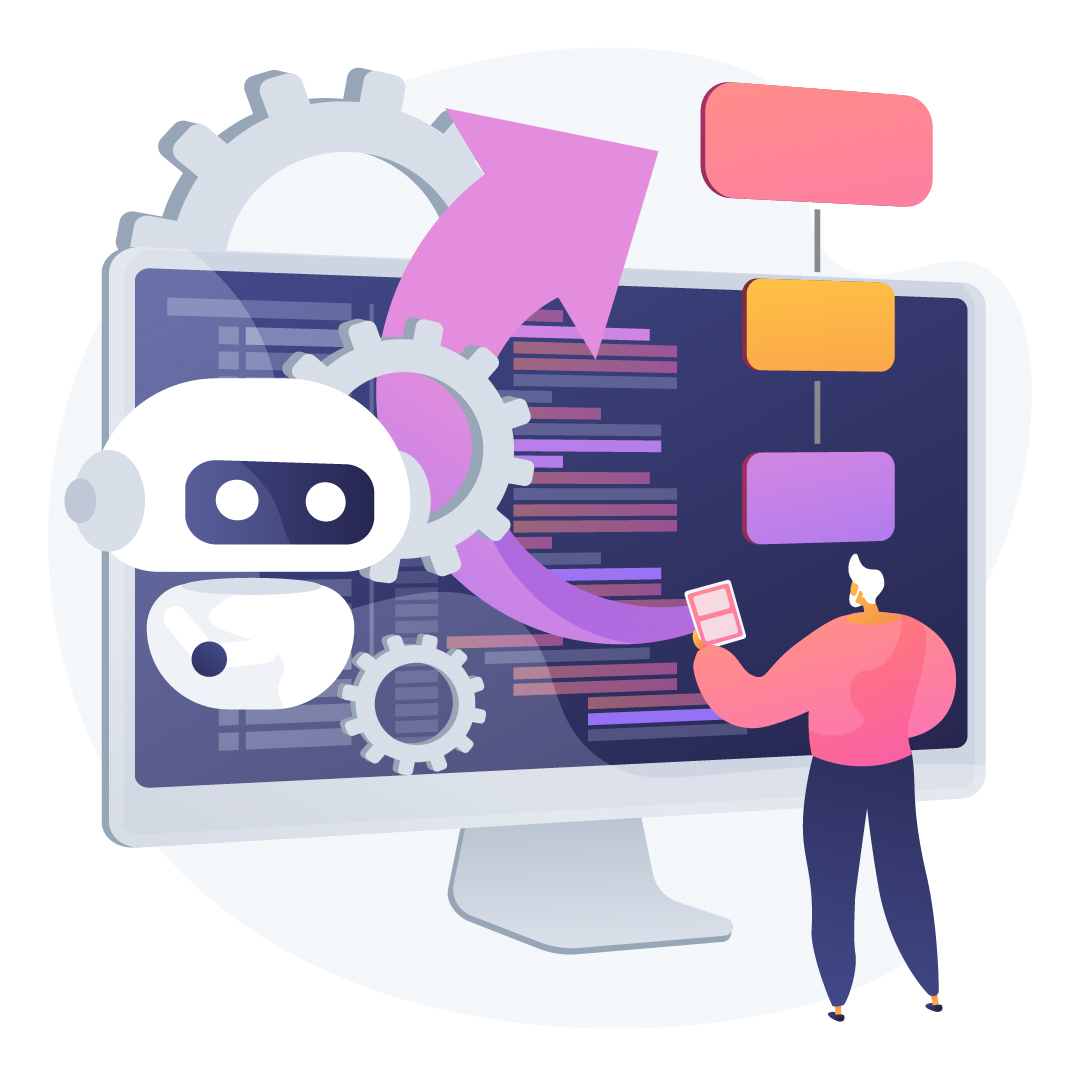
You also need to discuss building a chatbot persona and a chatbot flow. In order to do so, you need to know your chatbot’s audience. It will help you build relevant bots flow, vocabulary, and tone of voice. If you approach experienced AI chatbot development services, they will do most of the work for you. All you have to do is collect and answer the most common questions that you want the chatbot to include. You can get those by reviewing call logs, and email chains, analyzing FAQ pages, or simply talking to your customer service agents or sales team.
Once you have finalized the questions (and the many variations of them), you need to take into account other conversational elements as well, like greetings, introductions, errors, feedback, additional resources, conclusion, etc.
9. Consider the security
Think about data encryption and high-security standards for chatbot development. Ask your AI chatbot development services partner to consider GDPR, Privacy Policy, HIPAA, and other standard compliances to build a secure program.
10. Start with a POC or MVP
Creating an MVP or a POC is one of the simplest ways to develop a successful software project.
Before starting, set goals and expectations for the MVP, create it and conduct a user testing with a small focus group.
This way if you are able to achieve the expected goals and objectives, you can appropriately scale the project. And if you do not reach those outcomes, you can find out what exactly needs to be done to improve the project.
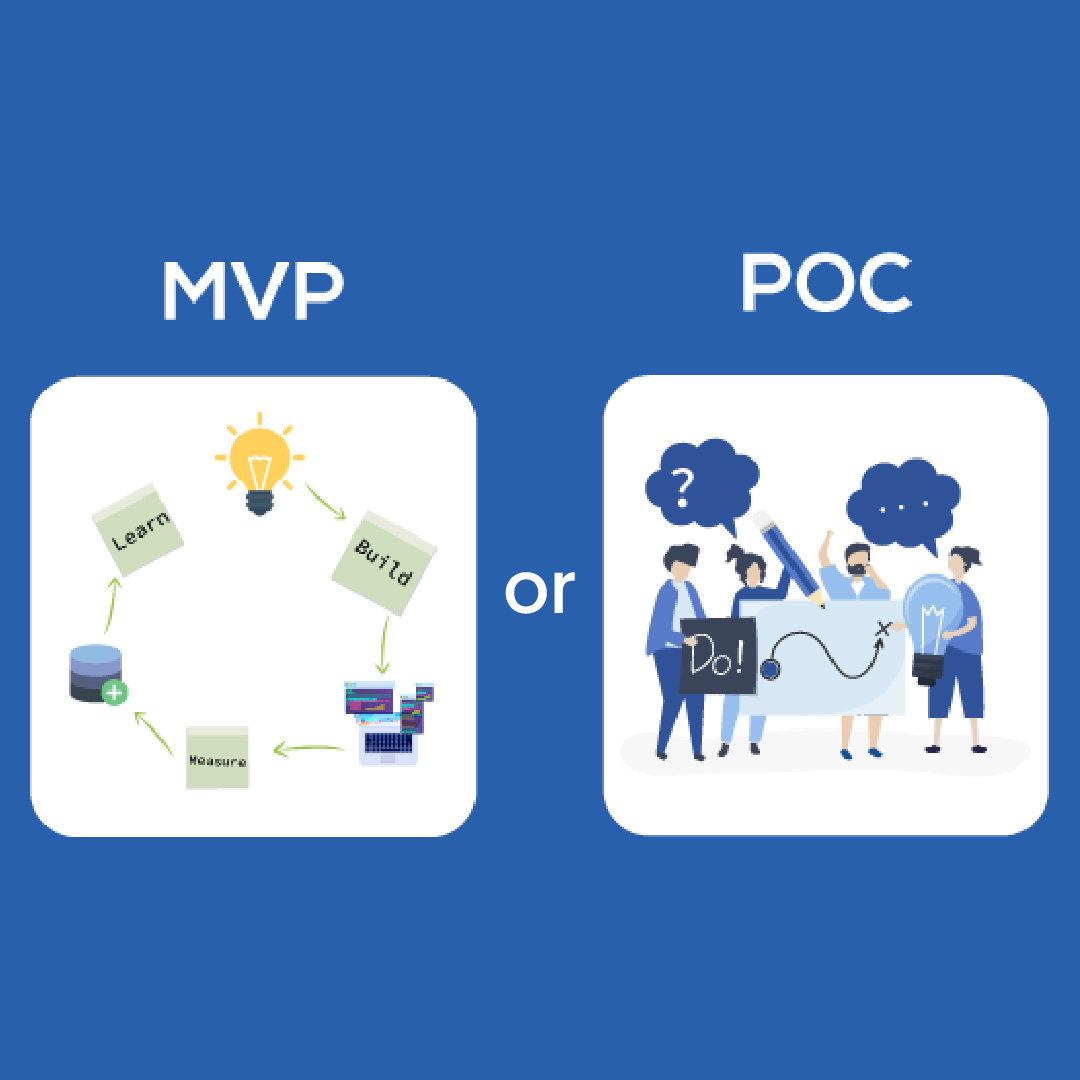
If you are new to the idea, here’s a simple guide to formulating an MVP approach.
While testing the chatbot, focus on the flow of the bot, the CUX (Conversational User Experience), speed, fallbacks, and accuracy.
There are other ways to test the success of the project. An experienced software quality assurance team will be able to guide you better on that. Ask your AI chatbot development services whether software testing is included in their development services.
11. Build the full version of the bot
Once you have tested and analyzed your MVP, you can make the necessary changes to the software to create the best possible version. Pay attention to the fallback rate, goal completion rate, and user satisfaction. Also, check the duration of each session and calculate the average time taken by the chat to solve a query. You can also go through the drop-offs and understand where your users dropped off and why.
Sometimes you may need custom integration to enhance the features of your chatbot. Consult with your AI chatbot development services and figure out if you need to rely on third-party integrations.
12. You are all set to go
Once you have built the full version with the required additions, you can now get ready to go live. Remember that every technology project, needs to be constantly reviewed, analyzed, and improved. Which means, you can keep expanding the capabilities of your chatbot, and add new languages, channels, and integrations. So, keep improving and making your solution better.
Wrapping Up
Smart technological solutions are critical for the success of any business. From improving current marketing activities, providing constant 24/7 customer service, and saving time spent on user engagement, chatbots can give you a competitive edge. We hope that through this article you have a detailed idea of the development process involved in building a chatbot. As you can see, the crucial point is to develop a well-crafted plan and look for suitable AI chatbot development services. Follow these steps one-by-one and you are good to go.
Good luck with your chatbot development!


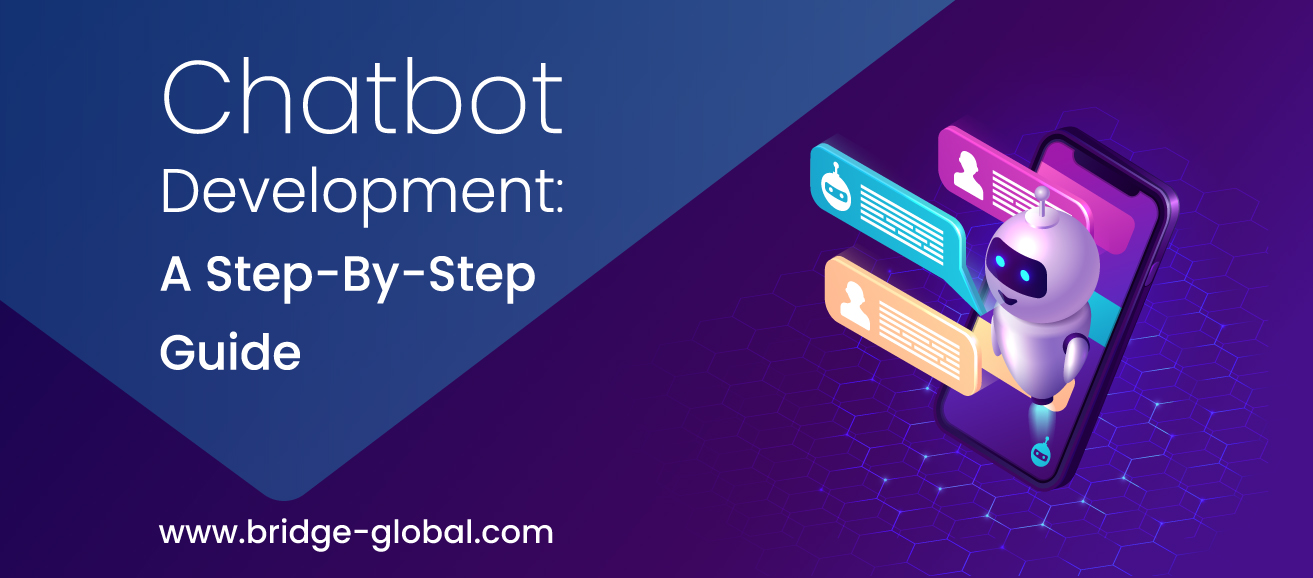

This blog perfectly highlights the significance of ai chatbot development company in today’s business landscape. The insights provided offer a clear understanding of how chatbots streamline processes and enhance customer experiences. I particularly appreciate how it emphasizes the versatility of chatbots across various industries, from e-commerce to healthcare. The examples shared truly illustrate the practical benefits of integrating chatbot technology. As businesses strive to stay competitive and meet evolving customer expectations, leveraging AI chatbots is indeed crucial. This blog serves as a valuable resource for anyone looking to harness the power of AI to drive efficiency and engagement in their organization.